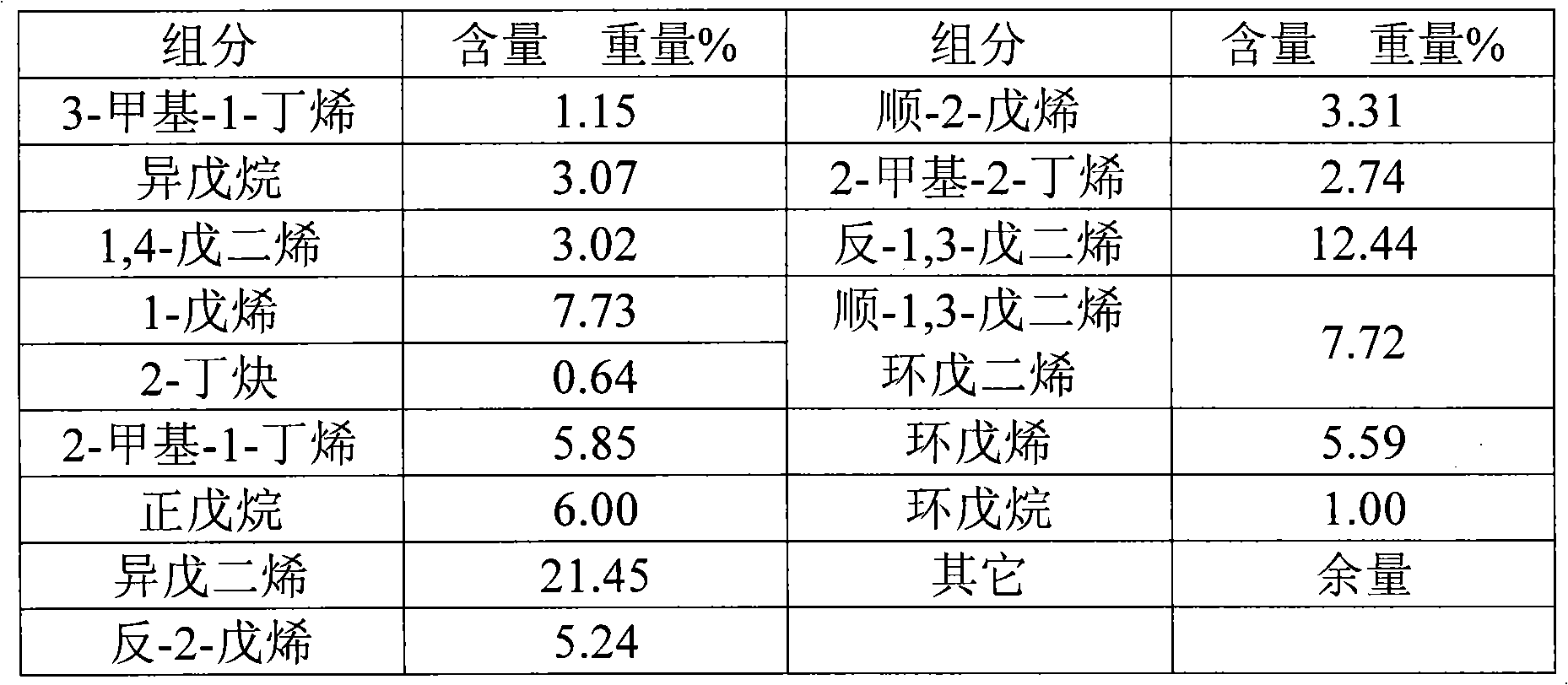Eggshell type nickel-based catalyst
A nickel-based catalyst, catalyst technology, applied in molecular sieve catalysts, catalyst activation/preparation, physical/chemical process catalysts, etc., can solve the problems of affecting the life of the catalyst, affecting the selectivity of the catalyst, etc., to achieve high repeatability, and the preparation method is simple and easy. Operation, the effect of improving selectivity
- Summary
- Abstract
- Description
- Claims
- Application Information
AI Technical Summary
Problems solved by technology
Method used
Image
Examples
Embodiment 1
[0024] Nickel nitrate hexahydrate is dissolved in ammonia water to make an impregnating solution. The ammonia water used is mixed with commercially available 25% to 28% ammonia water and water at a weight ratio of 1:0.5, and the spherical alumina carrier is impregnated by an equal impregnation method. The alumina carrier is produced by Beijing Research Institute of Chemical Industry, with a specific surface area of 250m 2 / g, the pore volume is 0.44ml / g, dried at 120°C for 4 hours, calcined at 420°C for 4 hours, and then reduced with hydrogen at 350°C for 8 hours to prepare catalyst A, by weight of the catalyst, containing 10% nickel by weight. Cutting the catalyst ball particles in half, it can be clearly seen that the nickel component is distributed from the surface of the support to the catalyst body at a depth of 0.7 mm, and basically no nickel component can be seen in the spherical core region with a depth greater than 0.7 mm.
Embodiment 2
[0026] Nickel nitrate hexahydrate is dissolved in ammonia water to make impregnating solution. The ammonia water used is mixed with commercially available 25%-28% ammonia water and water at a weight ratio of 1:0.3, and the spherical alumina carrier is impregnated by an equal impregnation method. The alumina carrier is produced by Beijing Research Institute of Chemical Industry, with a specific surface area of 274m 2 / g, the pore volume is 0.45ml / g, first dry at 60°C for 4 hours, then dry at 120°C for 4 hours, then bake at 420°C for 4 hours, then impregnate again, dry, bake, and use hydrogen Reduction at 375° C. for 8 hours prepared Catalyst B, which contained 20% by weight of nickel based on the weight of the catalyst. Cutting the catalyst ball particles in half, it can be clearly seen that the nickel component is distributed from the surface of the support to the catalyst body at a depth of 0.7 mm, and basically no nickel component can be seen in the spherical core region w...
Embodiment 3
[0028] Dissolve nickel nitrate hexahydrate in ammonia water to make impregnation solution. The ammonia water used is mixed with commercially available 25%-28% ammonia water and water at a weight ratio of 1:0.1, and the spherical alumina carrier is sprayed by spraying method. The carrier is produced by Beijing Research Institute of Chemical Industry, with a specific surface area of 264m 2 / g, the pore volume is 0.45ml / g, first dry at 60°C for 4 hours, then dry at 120°C for 4 hours, then bake at 420°C for 4 hours, then repeat the above process, and finally use hydrogen at 375°C After 8 hours of reduction, catalyst C was prepared, which contained 22% by weight of nickel based on the weight of the catalyst. Cutting the catalyst ball particles in half, it can be clearly seen that the nickel component is distributed from the surface of the support to the catalyst body at a depth of 0.7 mm, and no nickel component can be seen in the spherical core region with a depth greater than 0...
PUM
| Property | Measurement | Unit |
|---|---|---|
| specific surface area | aaaaa | aaaaa |
| specific surface area | aaaaa | aaaaa |
| specific surface area | aaaaa | aaaaa |
Abstract
Description
Claims
Application Information
 Login to View More
Login to View More - R&D
- Intellectual Property
- Life Sciences
- Materials
- Tech Scout
- Unparalleled Data Quality
- Higher Quality Content
- 60% Fewer Hallucinations
Browse by: Latest US Patents, China's latest patents, Technical Efficacy Thesaurus, Application Domain, Technology Topic, Popular Technical Reports.
© 2025 PatSnap. All rights reserved.Legal|Privacy policy|Modern Slavery Act Transparency Statement|Sitemap|About US| Contact US: help@patsnap.com

